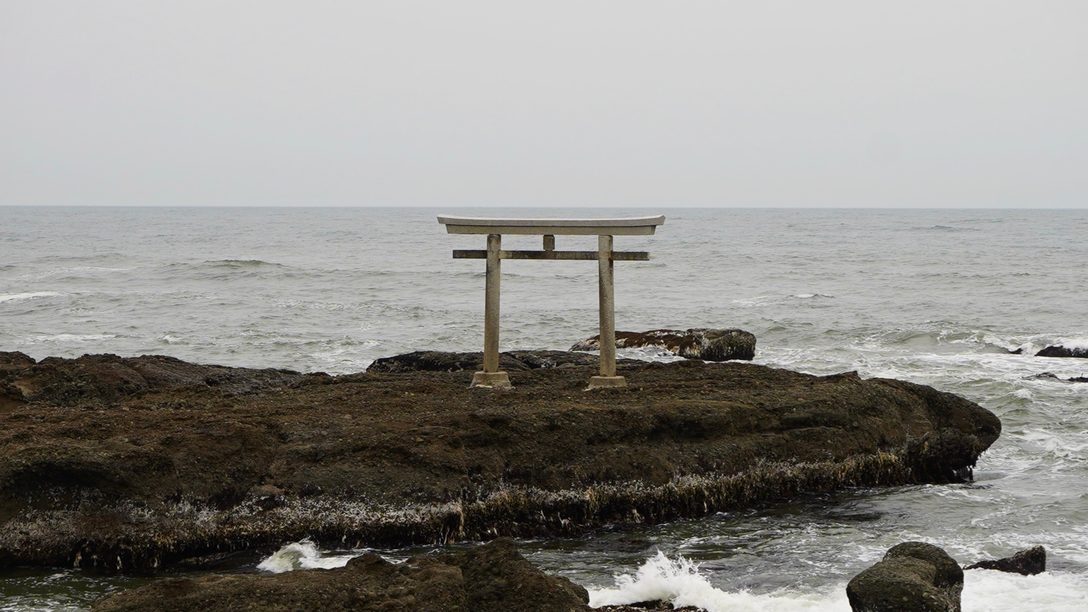
How Sucker Punch equipped themselves to represent Ainu culture in a respectful way.
As we established in our previous article, visiting Japan was an important part of creating the world of Ghost of Yōtei.

The Sucker Punch reference gathering team from left to right: Nate Fox, Ryuhei Katami, Jason Connell, Ian Ryan, Joanna Wang, Rob Davis.
Sucker Punch is an American company and we are well aware that we don’t naturally come equipped with the cultural knowledge to bring feudal Japan to life. To do that, we need a lot of help. Thankfully we are also part of PlayStation, for Ghost of Tsushima we were fortunate enough to receive steady feedback from our colleagues in Tokyo. As you might have guessed, the same is true for Ghost of Yōtei. Only this time we’ve broadened our roster of advisers.
When setting a game in Hokkaido we knew a crucial element was doing our best to represent Ainu culture in a respectful way. Thankfully we’d connected with an Ainu cultural adviser before setting out on our reference gathering trip and she was nice enough to introduce us to her family. The group of us traveled up a nearby mountain and got to know each other while foraging for vegetables. It was great, all of us from Sucker Punch stopped taking pictures and got our hands dirty. We started really looking at the plants beneath our feet. It was a lovely way to make new friends and start our journey in learning about Ainu culture. That night we resolved to put foraging into our new game, we wanted players to be able to share the experience we were lucky enough to have experienced.

Yukiko Kaizawa leads the Sucker Punch team foraging for vegetables.

Yukiko Kaizawa shows Joanna Wang and myself how to sort the vegetables in preparation for turning them into lunch.
We also had the opportunity to explore the displays in the Nibutani Ainu Museum while talking with our adviser. This really helped us get a sense for sorts of objects we’d see in the game and how they were used.

Nibutani Ainu Museum.
Exploring the Oshima Peninsula also gave us a terrific look into the lives of the Matsuamae clan who were there in strength during the time period our game takes place. It was interesting to see the proliferation of cherry trees on the peninsula, brought there from Honshu, yet uncommon in the rest of the island. That really told the story of how sparsely settled Hokkaido was in 1603 by the Wajin people. We’ve tried to mimic that quality in the game, leaning into areas of wilderness between homesteads. Of course down on the Oshima Peninsula clan Matsumae were very present, bringing with them a feeling of Honshu.

Clan Matsumae’s castle.
Our producer, Ryuhei Katami, took us all around Honshu to educate us on Edo culture. Here are some photos we took.
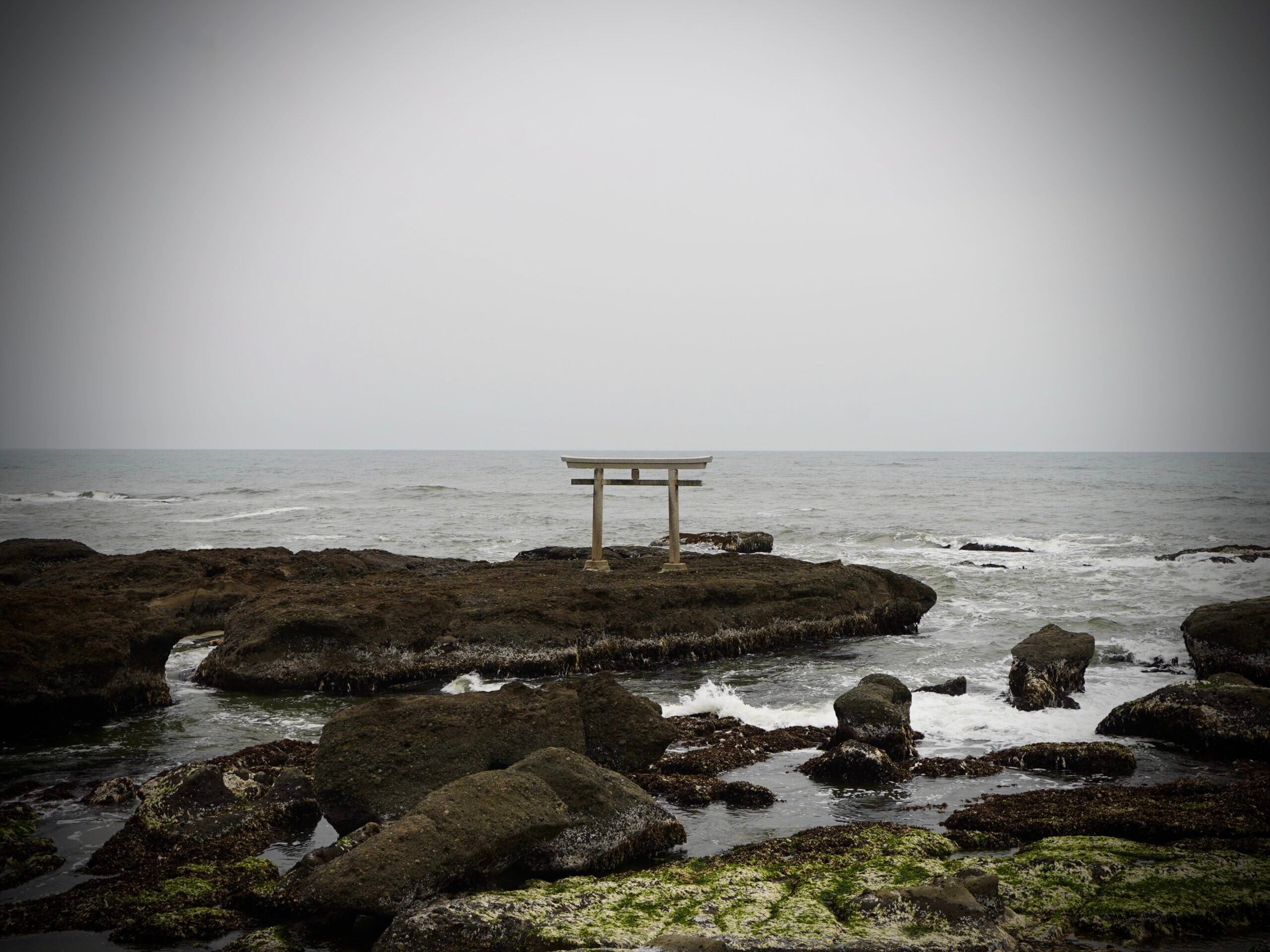
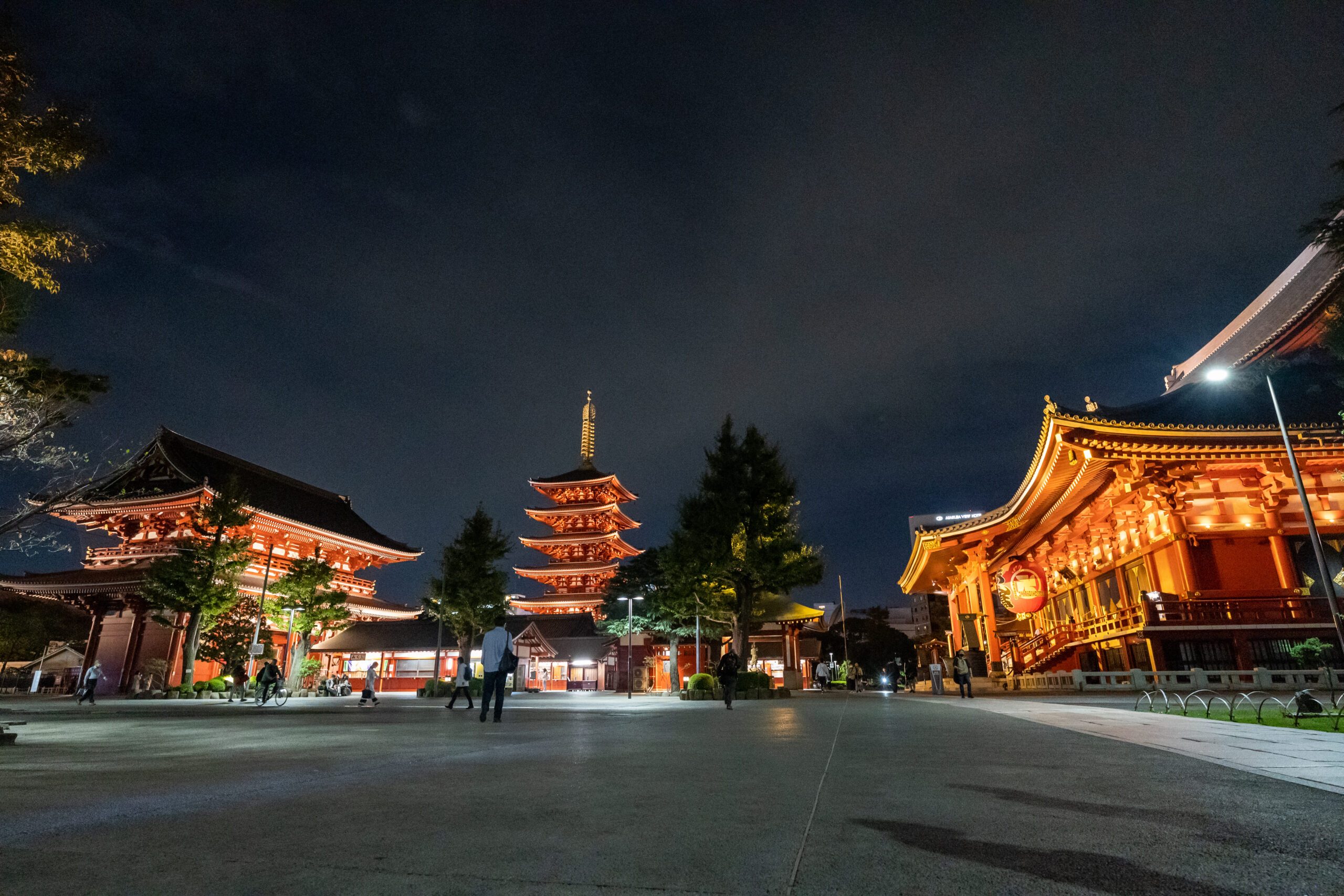

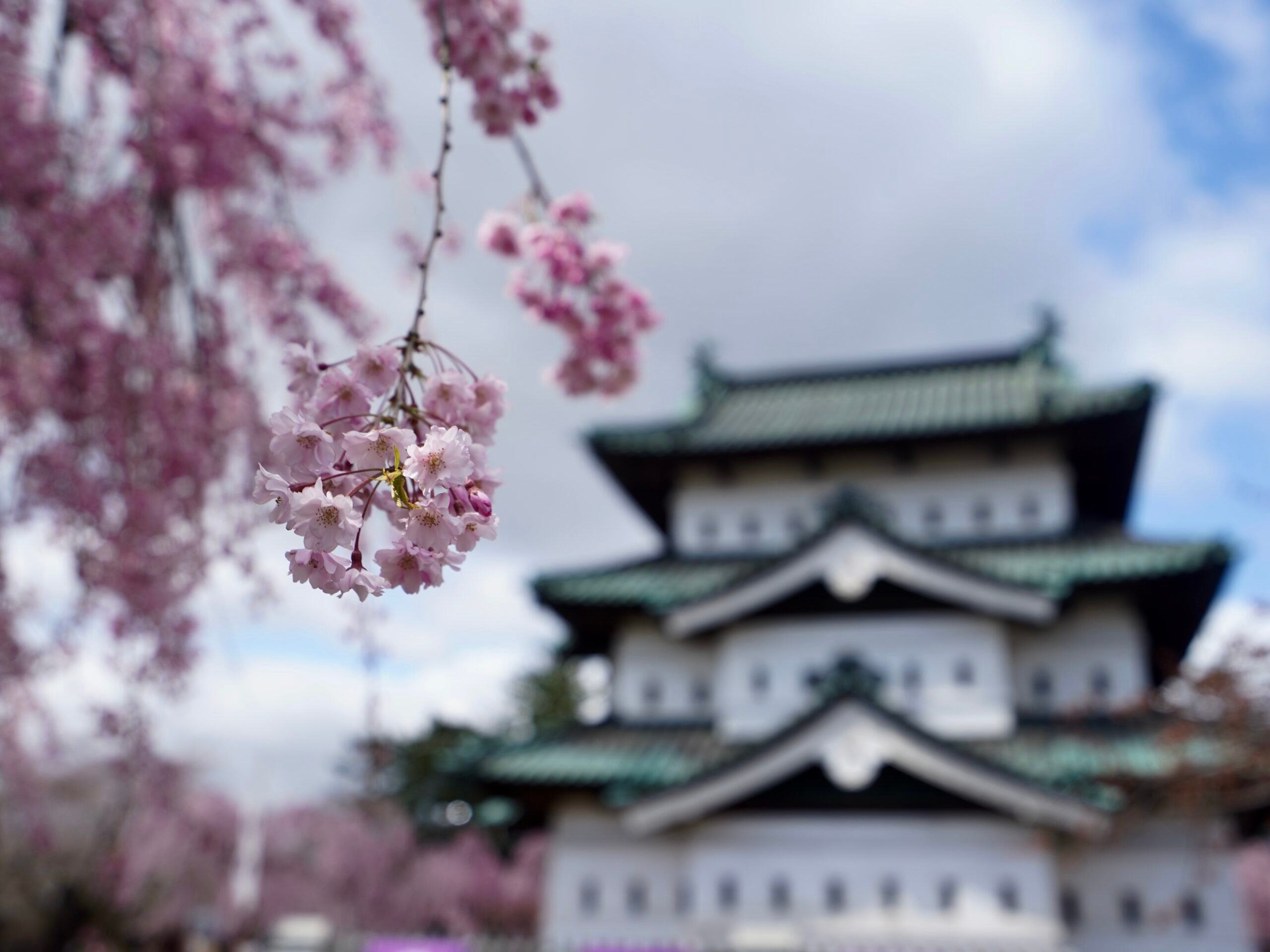
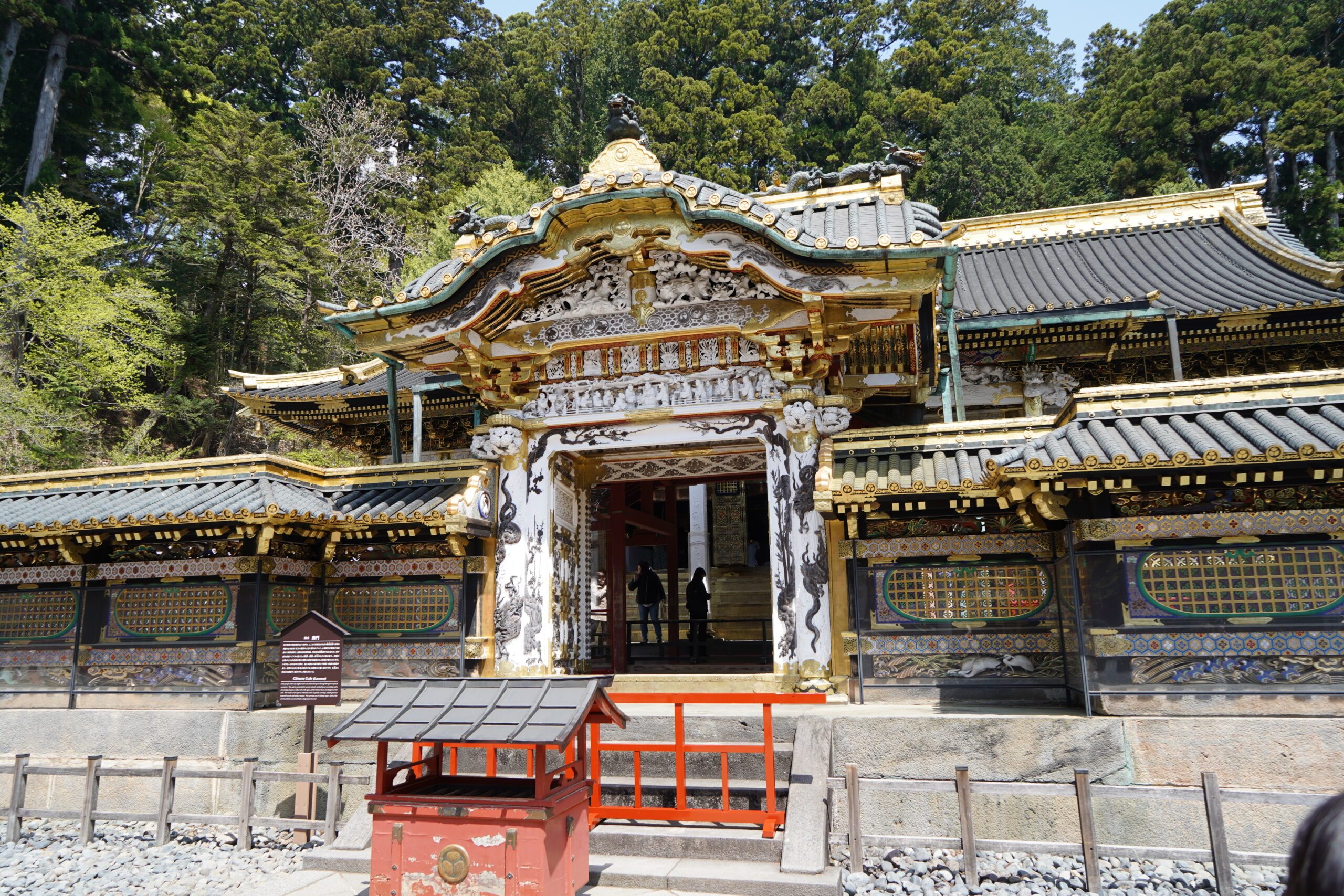

My favorite stop was the impressive Nikko Toshogu Shrine. While there we obtained a blessing for the game from the enshrined deity, Tokugawa Ieyasu. The Omamori and Ema we received sit proudly in our studio on a high shelf facing south. They’re a constant reminder of the time we spent on the research trip. While our version of Hokkaido is fictional, the feeling of authenticity we strive to create has roots in those real world experiences.

Sucker Punch’s office
For anyone reading this, thinking that they might want to visit Hokkaido, my advice to you is: do it. Japan is a place so many of us go in our imaginations, to actually be there is a dream come true.



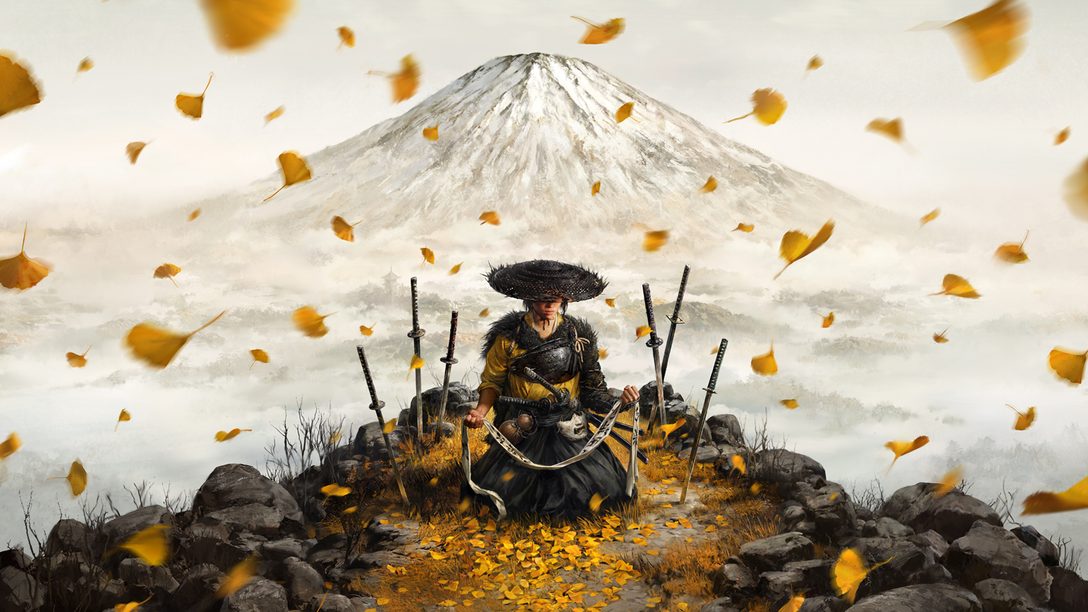












Comments are closed.
7 Comments
Loading More Comments